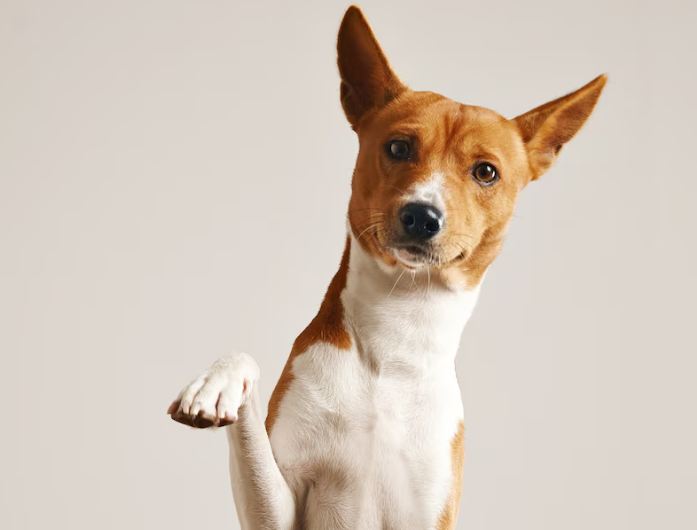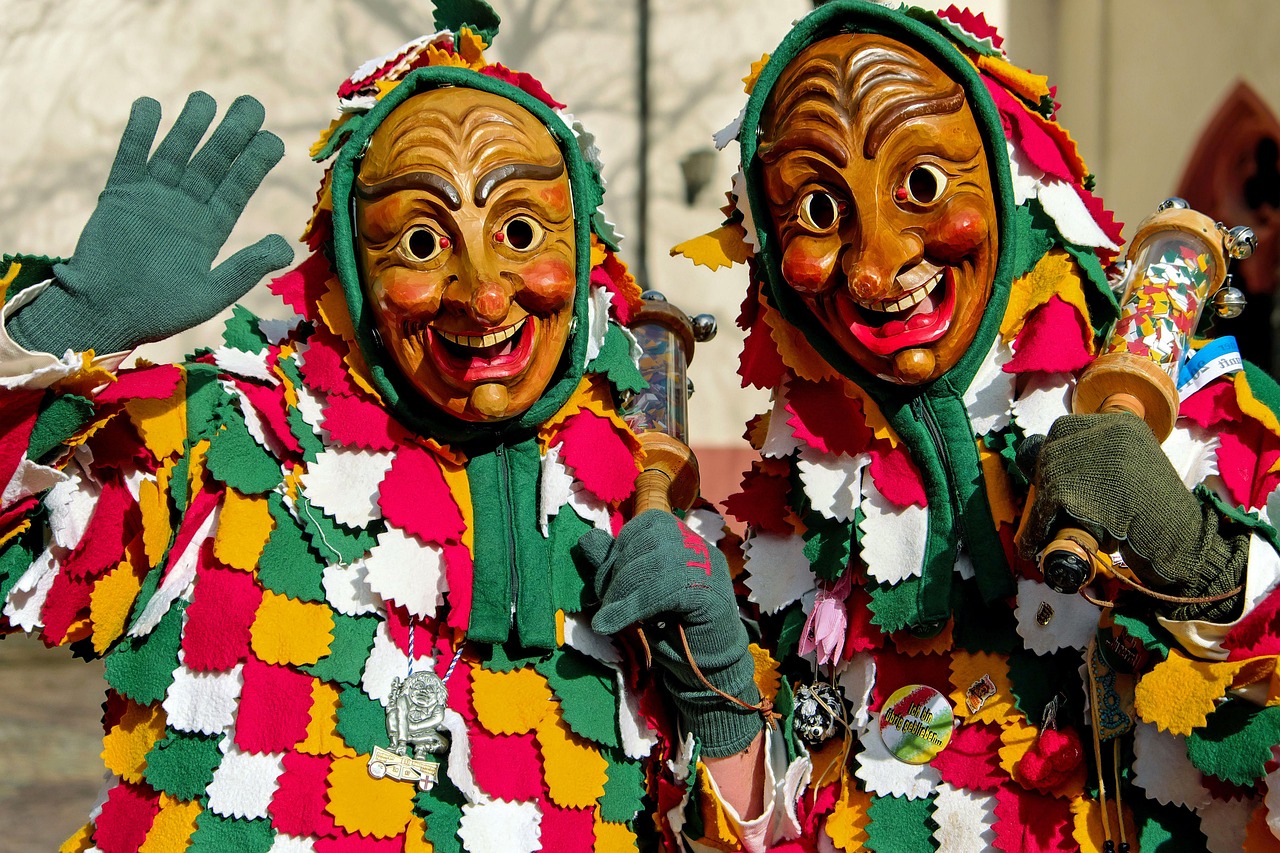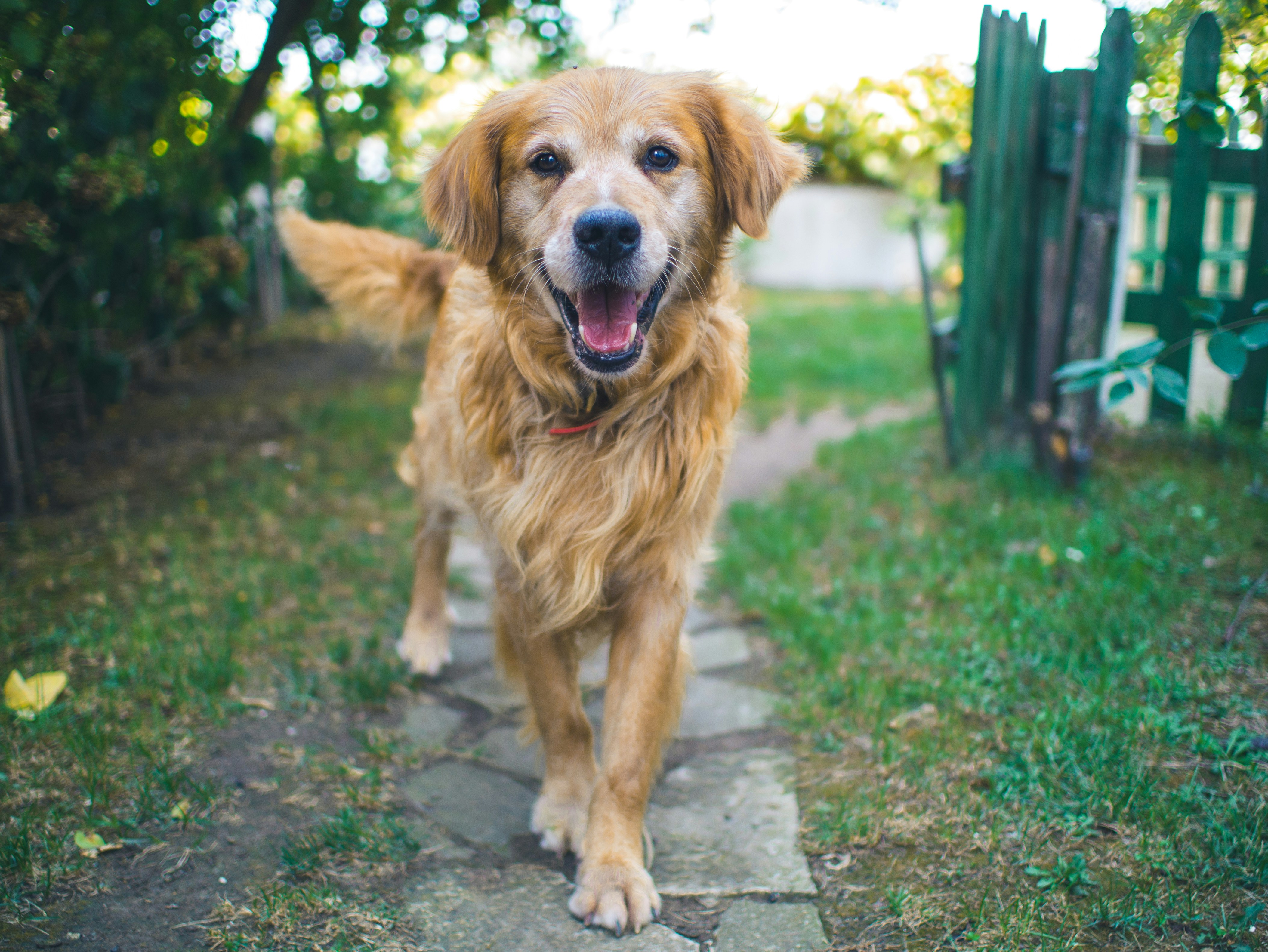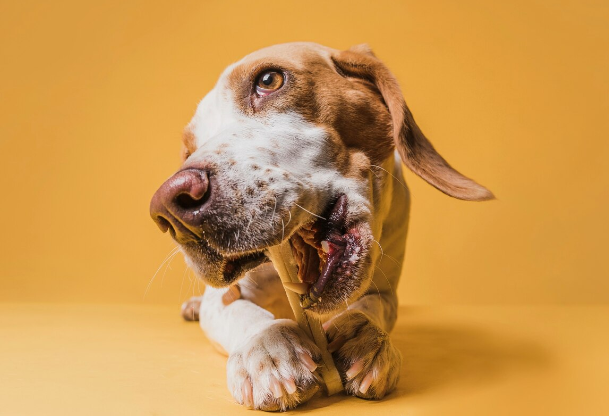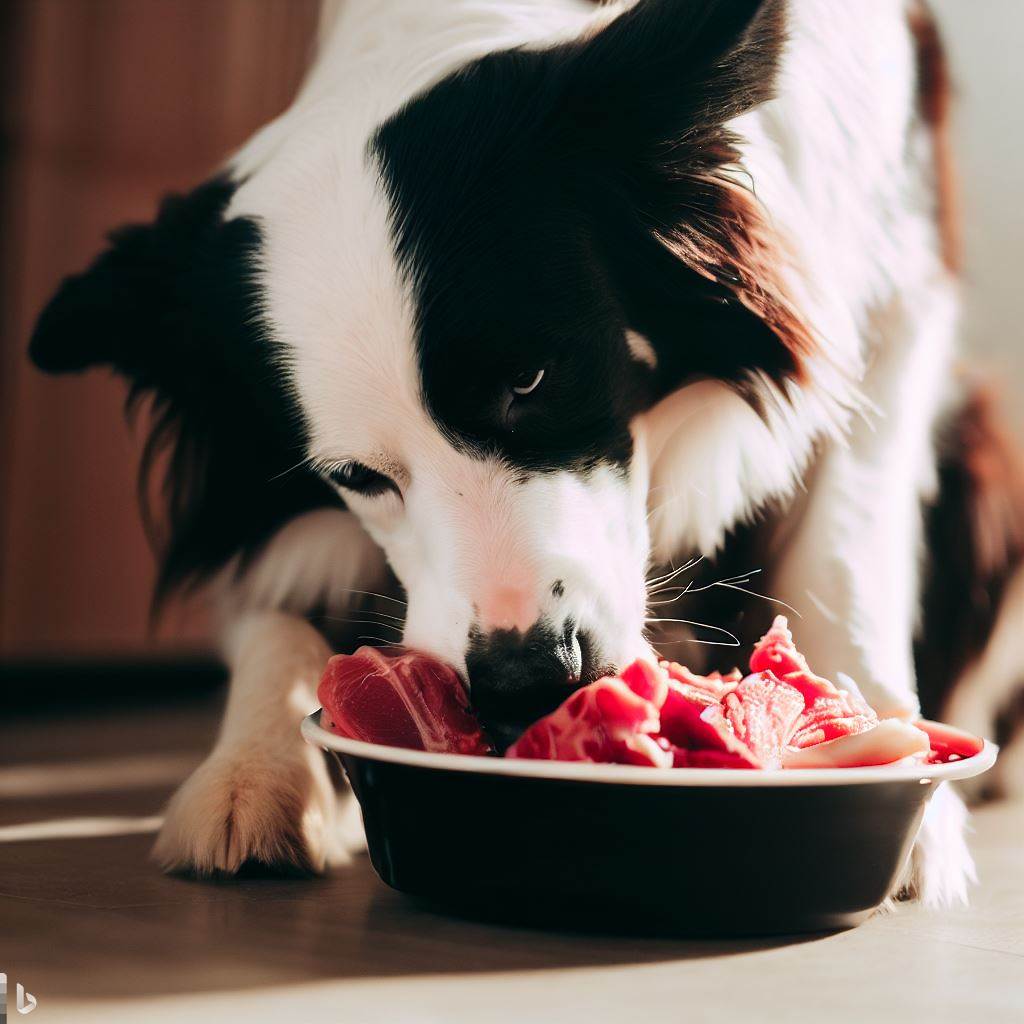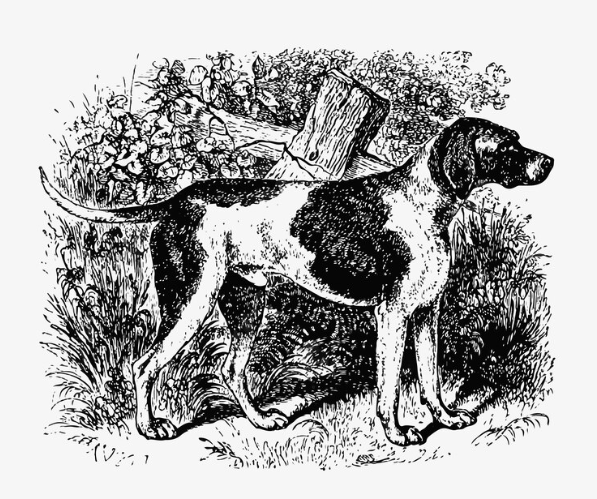
Dogs have been our loyal companions for thousands of years, evolving from wild wolves into the various breeds we know today. However, some breeds have stayed remarkably close to their ancient ancestors, remaining true to their distinctive traits and deep connections to early human civilizations.
These ancient breeds give us a clear look into the past, showing how they once served as hunters, guardians, and companions in different cultures all over the world.
What Defines an Ancient Breed?
Ancient dog breeds are those with a long and documented history, which often dates back thousands of years to some of the earliest domesticated dogs. Unlike modern breeds, which have been selectively bred for specific looks or tasks, ancient dogs have remained relatively unchanged over time.
Many share genetic similarities with their wild ancestors and still have strong instincts for hunting, guarding, or survival in harsh environments. They tend to be independent thinkers, highly resilient, and often have distinct physical traits that helped them thrive in their original roles.
Whether bred to hunt in the deserts, pull sleds in cold temperatures, or guard temples in the mountains, these dogs show us how humans and dogs first formed their unique bond!
Let’s take a look at some popular dog breeds from the past that remain valuable companions to humans today!
Popular Ancient Dog Breeds
Basenji
The Basenji, often called the African 'barkless dog,' is named for its origin in Africa and because the breed doesn't bark, although its representatives can make other sounds.
This is one of the oldest known breeds, with images of dogs that resemble them appearing in ancient Egyptian tombs. Originally from Central Africa, these dogs were used by local tribes due to their excellent hunting skills to track and flush out game.
An interesting trait of the breed is the lack of barking. Instead of barking, Basenjis make a distinctive yodel-like sound called a "barroo." These dogs are also known for their intelligence, independence, and tendency to groom themselves to keep their coat tidy (similar to cats).
They’ve remained largely unchanged for thousands of years, which makes them a truly remarkable breed!
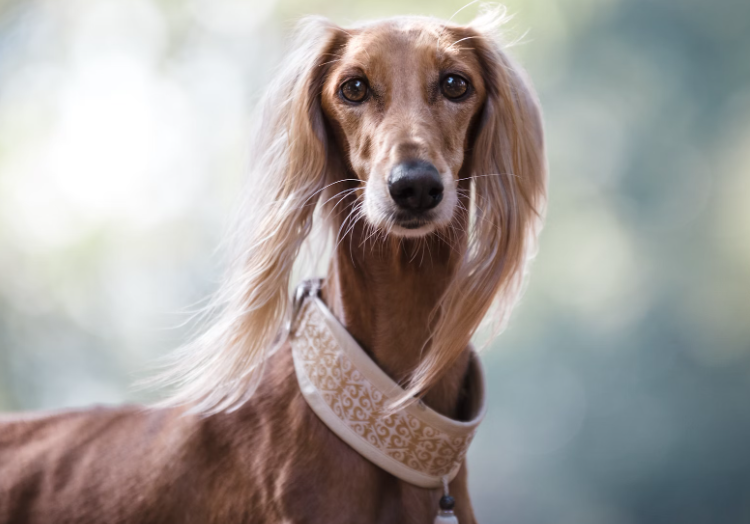
Saluki
Let’s talk about the Saluki— a breed, once cherished by the Pharaohs! Awesome, right?
This is one of the fastest and most graceful ancient dog breeds. Egyptian tomb paintings from over 4,000 years ago show slender, long-legged dogs very similar to today’s Salukis.
The Saluki, also known as the Persian Hound, is a breed developed from sighthounds—dogs that primarily hunt by sight rather than scent. Originally bred in the Fertile Crescent (a region in the Middle East), Salukis were used by nomadic tribes to chase and catch game.
The breed is typically deep-chested and long-legged, and similar dogs can be seen in both medieval and ancient art. The Saluki is closely related to the Afghan Hound, an ancient breed that dates back long before modern dog breeds were developed in the 19th century.
The breed’s representatives are known for their incredible speed and endurance and their elegant demeanor made them a prized companion among royalty!
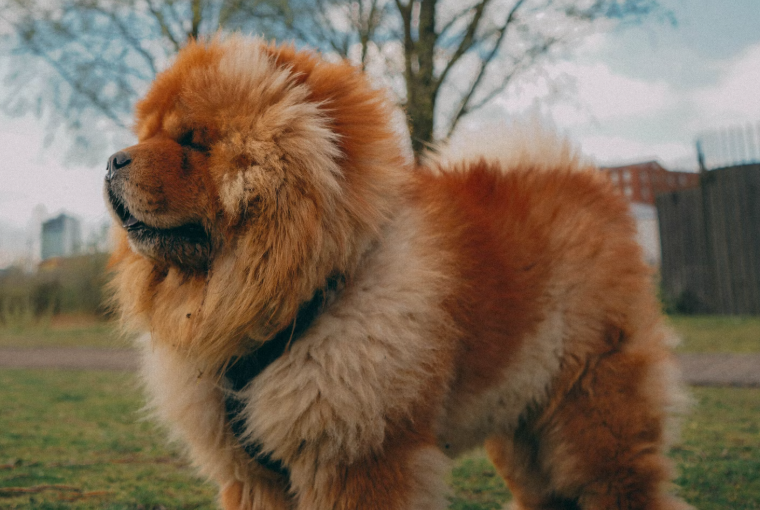
Chow Chow
Originating in China over 2,000 years ago, the Chow Chow is a distinctive and powerful breed known for its lion-like appearance and blue-black tongue.
These dogs were used for guarding, hunting, and even pulling carts. Historical records suggest they were favored by Chinese emperors and depicted in artwork from the Han Dynasty.
Chow Chows possess a unique combination of loyalty and aloofness, which makes them independent but also devoted paw partners! With their strong-willed nature, they’ve earned a reputation for being both majestic and protective.
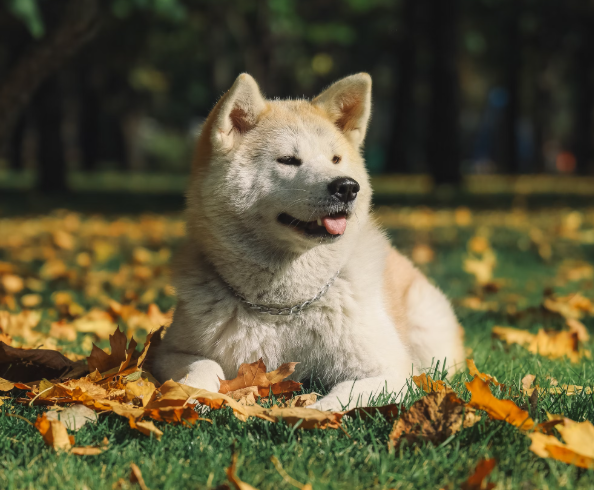
Akita Inu
The Akita Inu, a breed originating from Japan, has ancient roots dating back to at least the 1600s, though similar dogs may have existed long before. These loyal dogs were initially bred for hunting large game such as boar and bears.
In Japan, Akitas symbolize loyalty and good fortune. Many of you may have heard of the most famous Akita, named Hachiko, who became a national legend for his strong devotion to his owner, even after his death. Hachiko's story was later made into a film (HACHIKO: A DOG'S STORY, 2009), and it continues to inspire people around the world, showcasing the breed's deep bond with their humans.
Akitas, known for their strength, courage, and loyalty, have earned a spot in Japanese culture and among dog lovers around the world!
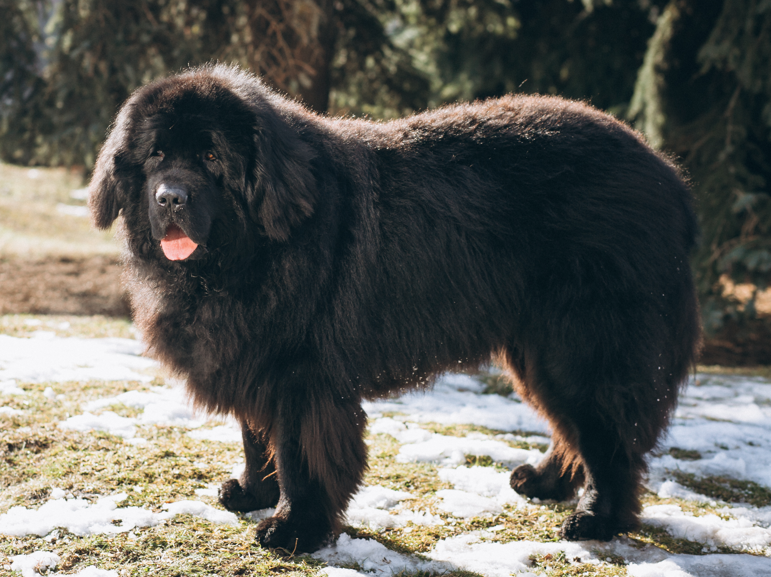
Tibetan Mastiff
The Tibetan Mastiff is a massive and powerful breed that has guarded monasteries and livestock in the Himalayas for centuries.
Bred to withstand harsh climates and defend against predators like wolves and snow leopards, these dogs are known for their strong protective instinct. With their thick, dense coats designed to keep them warm in cold temperatures, Tibetan Mastiffs are perfectly equipped for life in the mountains.
Ancient accounts from explorers, including Marco Polo, describe these dogs as fierce and fearless guardians, capable of dealing with any threat! Their loyalty and independence make them both excellent protectors and devoted companions to their beloved humans.
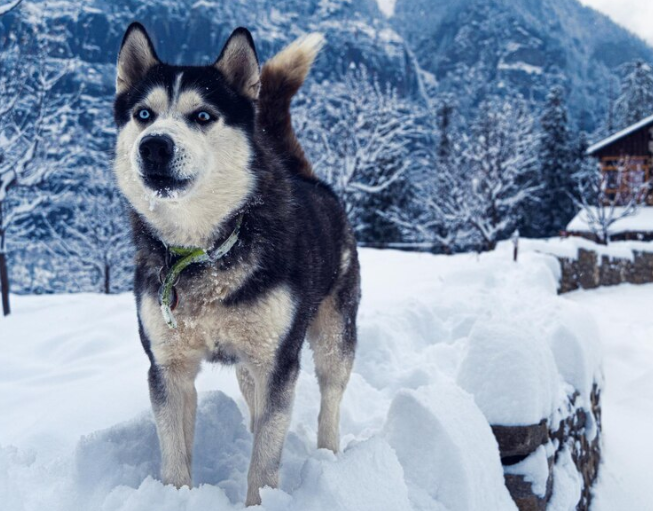
Siberian Husky
Siberian Huskies have a long history that dates back thousands of years to the Chukchi people of Siberia. They bred them to pull sleds on long distances in the harsh Arctic environment.
The breed is known for its incredible endurance, intelligence, and thick double coat which made them well-suited to survive the extreme conditions.
While today's Huskies are known for their friendly, playful and somewhat goofy personalities, they still retain the strong working instincts they were originally bred for.
These dogs are happiest when they have a job to do or an opportunity for a run, reflecting their deep connection to their past as hardworking sled dogs.
If you have a Husky, remember that they love the snow, so don’t worry if they’re left outside. You might want to let your neighbors know, though, so they aren’t concerned.
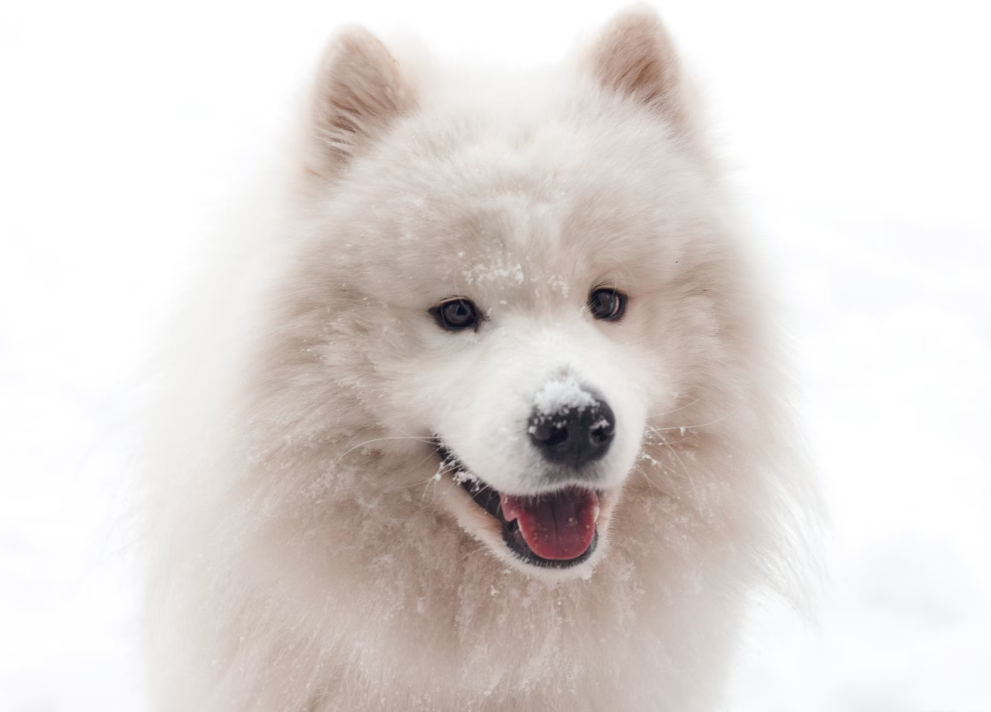
Samoyed
The Samoyed, which is another Arctic breed, was developed by the Samoyedic people of Siberia for various essential tasks, including herding reindeer, pulling sleds, and providing warmth during long, harsh winters.
These fluffy white dogs are easily recognized by their signature "Sammy smile," a cheerful expression that matches their friendly, affectionate temperament. Known for their hardworking nature and loyalty, Samoyeds were valuable not only as working dogs but also as beloved family members!
Their history as both loyal companions and hardworking dogs has made them one of the most resilient and loved ancient breeds. With a natural affection for people, they have a special way of making everyone feel important and welcome. Despite their strength and endurance, these fluffy doggos are gentle and sociable, which makes them wonderful family pets.
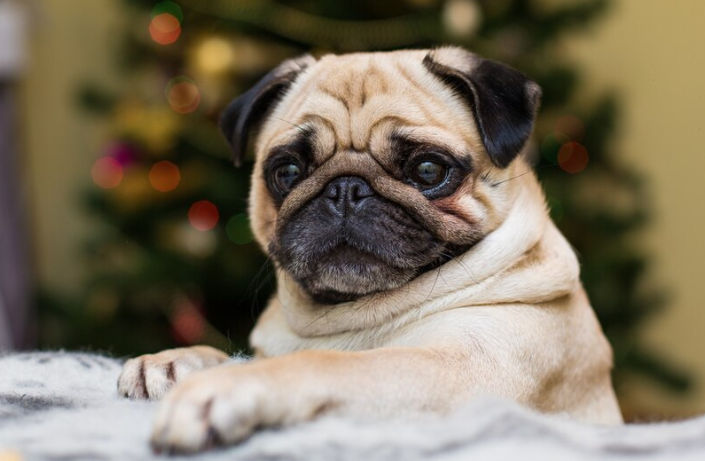
Pug
Pugs have been around for over 2,000 years, with their origins in ancient China, where they were bred as companion dogs for emperors and royalty. Known for their small size, affectionate nature, and playful personality, Pugs were favored as lap dogs and often appeared in artwork and pottery from Chinese dynasties.
Over the centuries, they made their way to Europe, where they became popular pets among royal families, securing their place as one of the oldest and most beloved toy breeds.

Ancient Dog Breeds as Service Dogs- Strengths and Potential Challenges
While ancient dog breeds have a long history of working alongside humans, their suitability as service dogs depends on factors like their temperament, trainability, and ability to adapt to their owner’s specific needs and relevant service dog tasks.
Ultimately, whether a dog and handler can form a reliable and properly functioning service dog team depends on the individual dog and the person’s needs.
Strengths of Ancient Breeds in Service Work
Loyalty and Strong Bonds
Many ancient breeds, such as the Akita Inu and Tibetan Mastiff, have been bred for guarding and companionship, forming deep bonds with their handlers. This can be beneficial for service work that requires a strong human-dog bond, such as psychiatric service dog work.
Intelligence and Problem-Solving Skills
Breeds like the Basenji and Saluki have sharp minds and independent thinking, which can be useful in tasks that require alertness and quick decision-making, such as medical alert work.
Resilience and Adaptability
Dogs like the Siberian Husky and Samoyed have thrived in extreme environments, and are known for their endurance and adaptability. These traits can be beneficial for physically demanding service roles.
Challenges of Using Ancient Breeds as Service Dogs
Independent and Stubborn Temperament
Many ancient breeds were developed to think and act independently, often making them less eager to follow commands. The Basenji, for example, is known for its cat-like independence, which could make training challenging.
Of course, with early training, socialization, consistent approach and reinforcing wanted behaviors, training can succeed.
High Energy Levels
Some ancient breeds, like the Siberian Husky and Saluki, were bred for endurance and speed, which required significant daily exercise. This can be difficult for handlers who would prefer a calm, low-maintenance service dog.
Protective or Aloof Nature
Breeds like the Chow Chow and Akita Inu tend to be wary of strangers, which can be problematic in public service roles that require a dog to remain neutral in social settings.
As we've already mentioned, proper socialization and training from an early age are essential for service dog training, particularly with breeds that tend to be independent or protective. These efforts help teach the dog good manners and impulse control.
Prey Drive and Instinctual Behaviors
Many ancient breeds have retained their strong hunting or guarding instincts, which can interfere with their ability to focus on service tasks. For example, a Saluki’s high prey drive may cause distractions in environments with small animals.
historical companions can still make devoted and capable service dogs in the modern world.

Why Do Ancient Breeds Matter Today?
Ancient dog breeds serve as living connections to human history, and provide insight into the roles that dogs played in early civilizations. Many of these breeds have adapted pretty well to modern life while still keeping their instincts. Whether as loyal guardians, skilled hunters, or affectionate companions, they continue to enrich our lives just like their ancestors did many years ago.
Being a dog owner requires a good understanding of the breed's specific characteristics, including energy levels, the need for physical and mental stimulation, social skills, especially around unfamiliar people and children, and any instincts retained from the breed's original purpose.
By familiarizing ourselves with a breed’s deep-rooted traits and needs, we can better understand our current or future paw friend, especially if we are looking for service dog training.
Many of these dogs are independent, highly intelligent, and require consistent training, socialization, and physical activity to thrive.
By respecting their heritage and unique characteristics, we can help ensure they continue to thrive in modern life and maintain their strong bonds with us!



